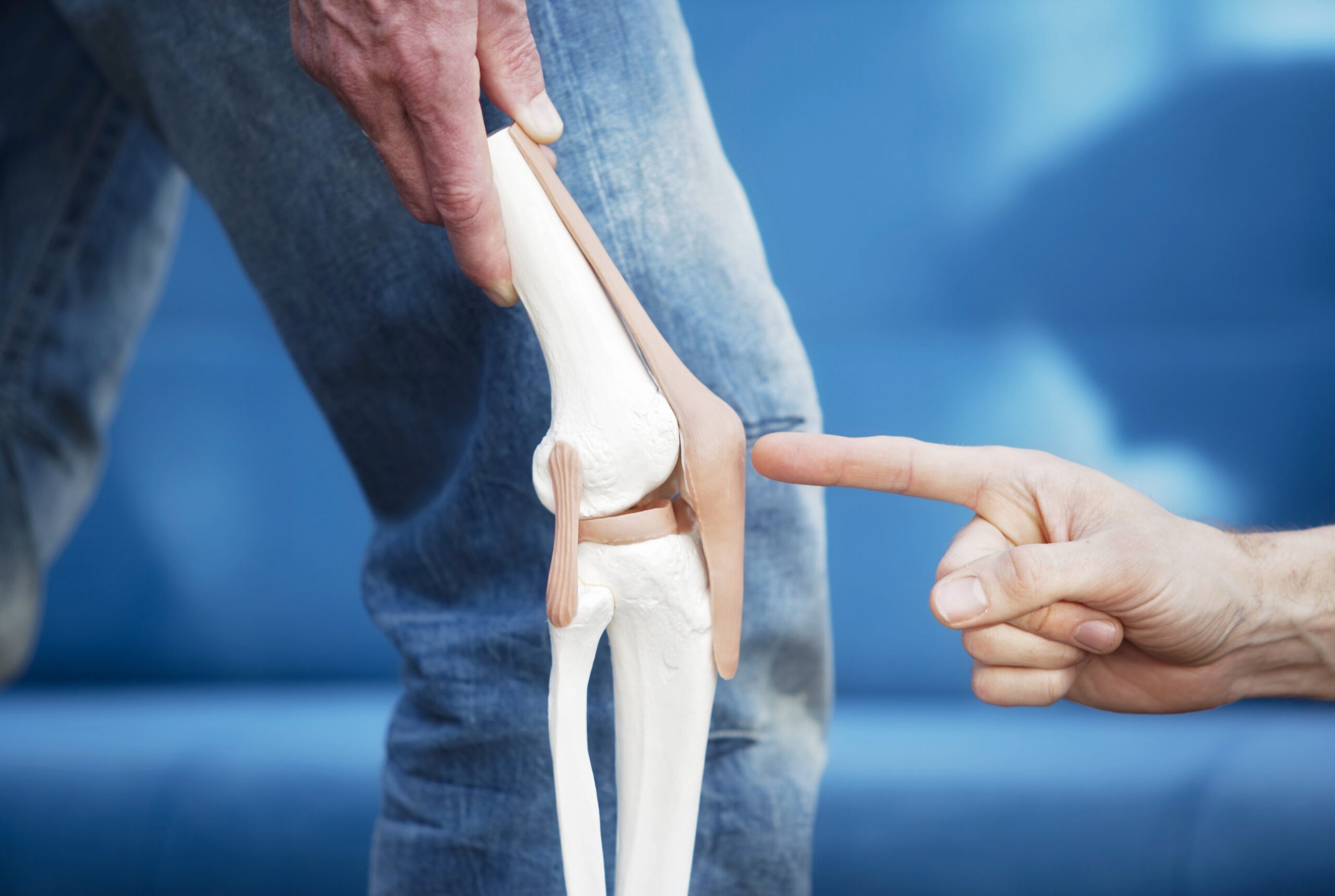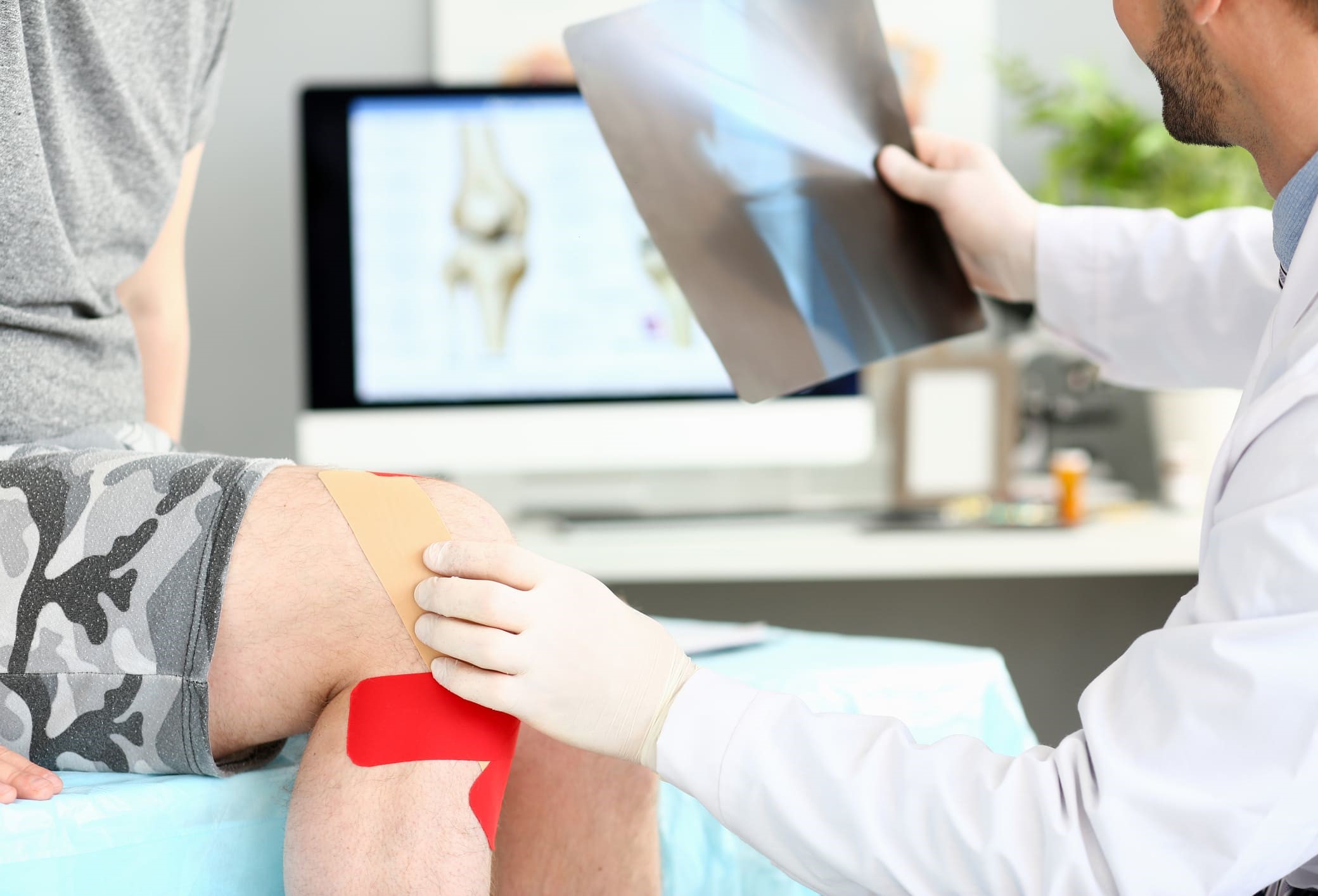Schedule An Appointment With Us
Are Your Symptoms Affecting Your Quality Of Life?
Consult our MOH-accredited orthopaedic surgeon for an accurate diagnosis & personalised treatment plan.
MBBS
MRCSEd
MMED (Ortho)
FRCSEd

A quadriceps tendon tear involves damage to the tendon that connects the quadriceps muscles to the patella, or kneecap. This tendon plays a role in enabling the extension of the leg from a bent position. While the quadriceps tendon is usually robust, it can sustain a partial or complete tear under certain conditions. Although these injuries are relatively rare, they can have a notable impact on mobility.
In the event of a tear, the ability to straighten the knee or maintain stability while walking may be compromised. Small tears can affect movement and daily activities. Complete tears of the quadriceps tendon may necessitate surgical repair due to their potentially debilitating nature.
Quadriceps tendon tears can arise from two primary sources: traumatic injury and tendon weakness.
The tendon, despite its strength, can tear when subjected to extreme forces. This is more common in activities involving high impact, such as sports that require jumping or running. Situations like an awkward landing from a jump, direct force to the knee, or a sudden, forceful contraction of the quadriceps muscle can all precipitate a tear.
Tendons weakened by underlying conditions are more susceptible to tears. Factors contributing to this weakness include:
The onset of a quadriceps tendon tear is often marked by several symptoms:

Diagnosing a quadriceps tendon tear typically involves a combination of physical examination and imaging tests.
Non-surgical treatments are often effective for partial tears or quadriceps tendon tears with minimal functional limitations.
Immobilisation |
For small partial tears, the knee specialist may suggest utilising a knee brace or immobiliser. This helps keep the knee in a straight position, aiding the healing process. The duration of immobilisation typically ranges from 3 to 6 weeks. |
Physical Therapy |
After the initial phase of healing, the knee specialist may recommend engaging in physical therapy. It involves specific exercises designed to restore strength and range of motion in the leg. The therapy plan is gradually intensified, starting with simple exercises like straight leg raises and progressively incorporating more demanding exercises as healing advances. |
In cases of complete quadriceps tendon tears or large partial tears, surgical intervention is often necessary.
The primary goal of surgery is to reattach the torn tendon to the top of the kneecap. This is typically achieved using sutures or anchors. The surgery aims to restore the normal anatomy and function of the knee.
Schedule An Appointment With Us
Consult our MOH-accredited orthopaedic surgeon for an accurate diagnosis & personalised treatment plan.
While it may not be possible to completely prevent a quadriceps tendon tear, especially those resulting from sudden injuries, certain strategies can help reduce its risk.

MBBS
MRCSEd
MMED (Ortho)
FRCSEd
With over 20 years of experience, Dr Poh Seng Yew is an orthopaedic surgeon specialising in hip, knee, shoulder and elbow surgery, sports medicine, and trauma surgery.




Weekdays: 9.00am – 5.00pm
Saturdays: 9.00am – 1.00pm
Sundays and Public Holidays: Closed
Please leave us a message, and we will be in touch with you shortly.
Recovery time from a quadriceps tendon tear varies, depending on the severity of the tear and the treatment approach. Minor tears treated conservatively may take several weeks or months to heal. Surgical repairs for more severe tears typically require a minimum of four months for recovery, with a full return to previous activity levels taking up to a year.
Leaving a quadriceps tendon tear untreated can lead to prolonged discomfort, decreased mobility, and potential long-term damage. Untreated tears, especially severe ones, may result in chronic knee instability and weakness, making it challenging to perform everyday activities. Individuals suspecting a quadriceps tendon tear should consult with a knee specialist for a proper diagnosis and treatment plan.
The ability to walk following a quadriceps tendon tear depends on the tear’s severity. While some individuals with minor tears may be able to walk, those with complete tears typically find it difficult to walk or straighten the leg.
Strengthening exercises can help in the recovery and prevention of quadriceps tendon tears. Exercises may include straight leg raises, knee extensions and gradual weight-bearing activities. Start any exercise regime under the supervision of a knee specialist to ensure safety and appropriateness for the individual’s specific condition.